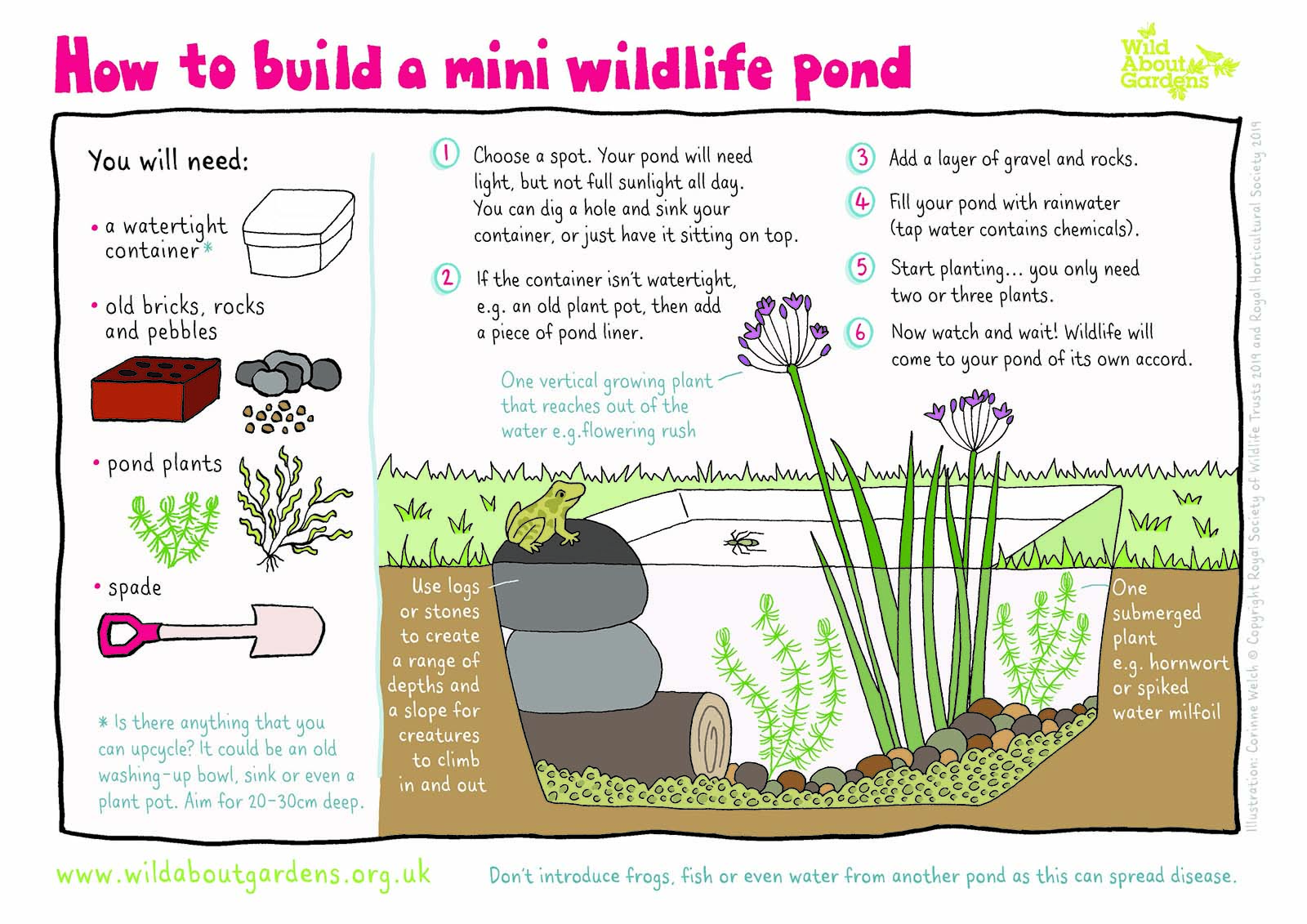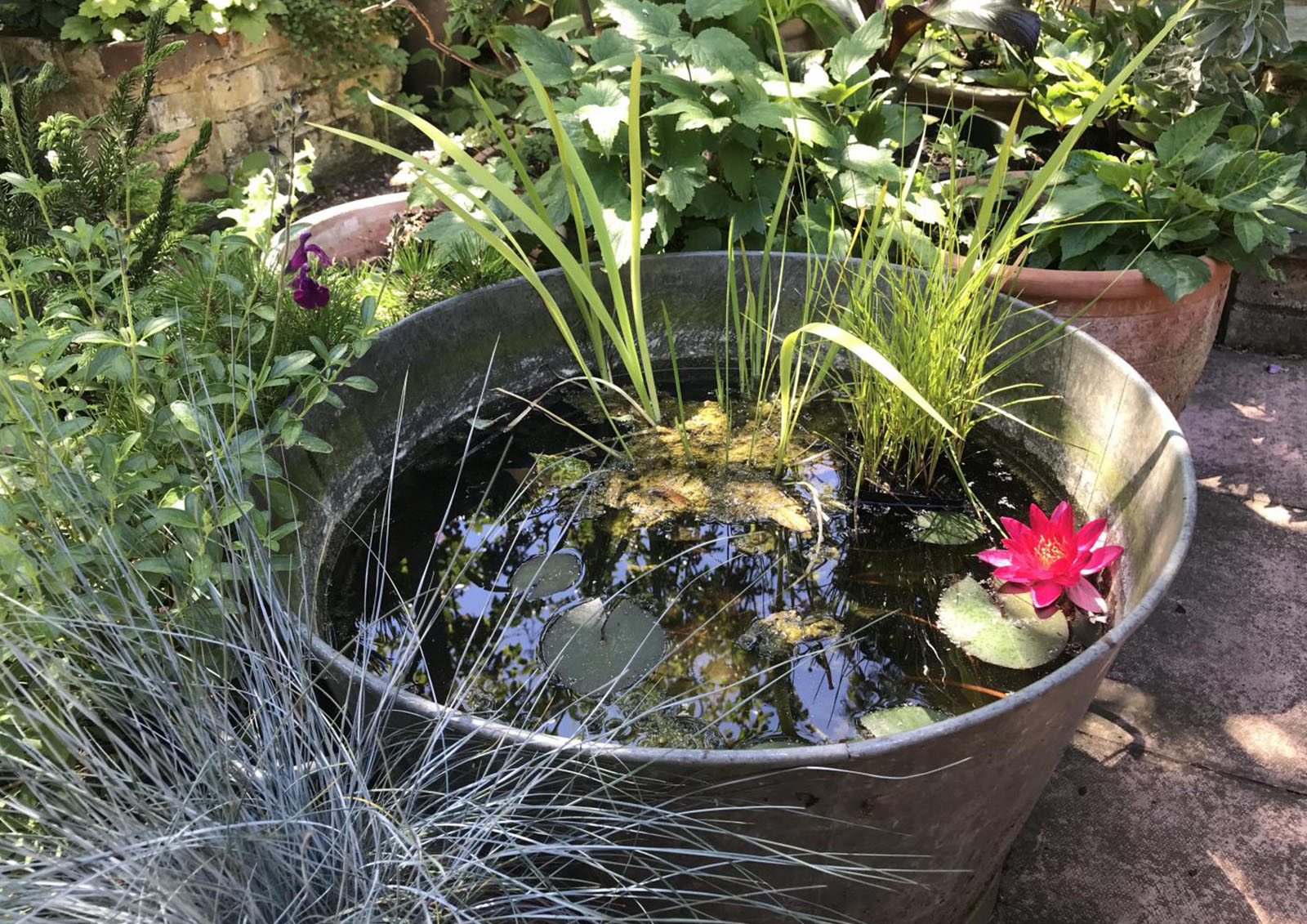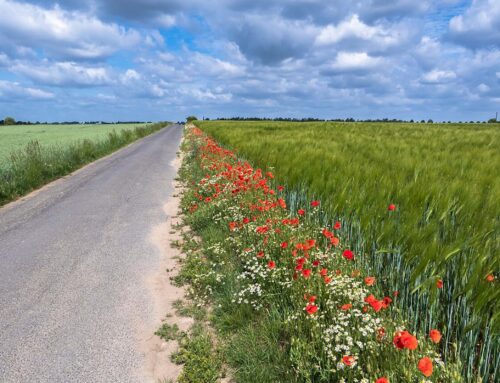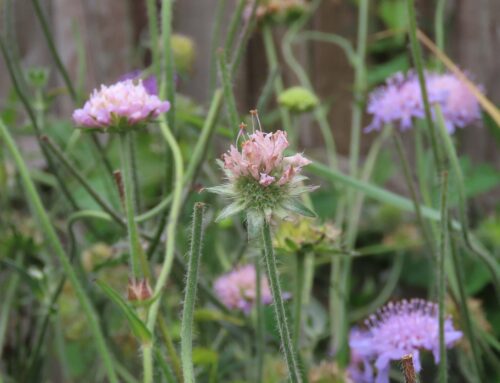How to Build a Wildlife Pond
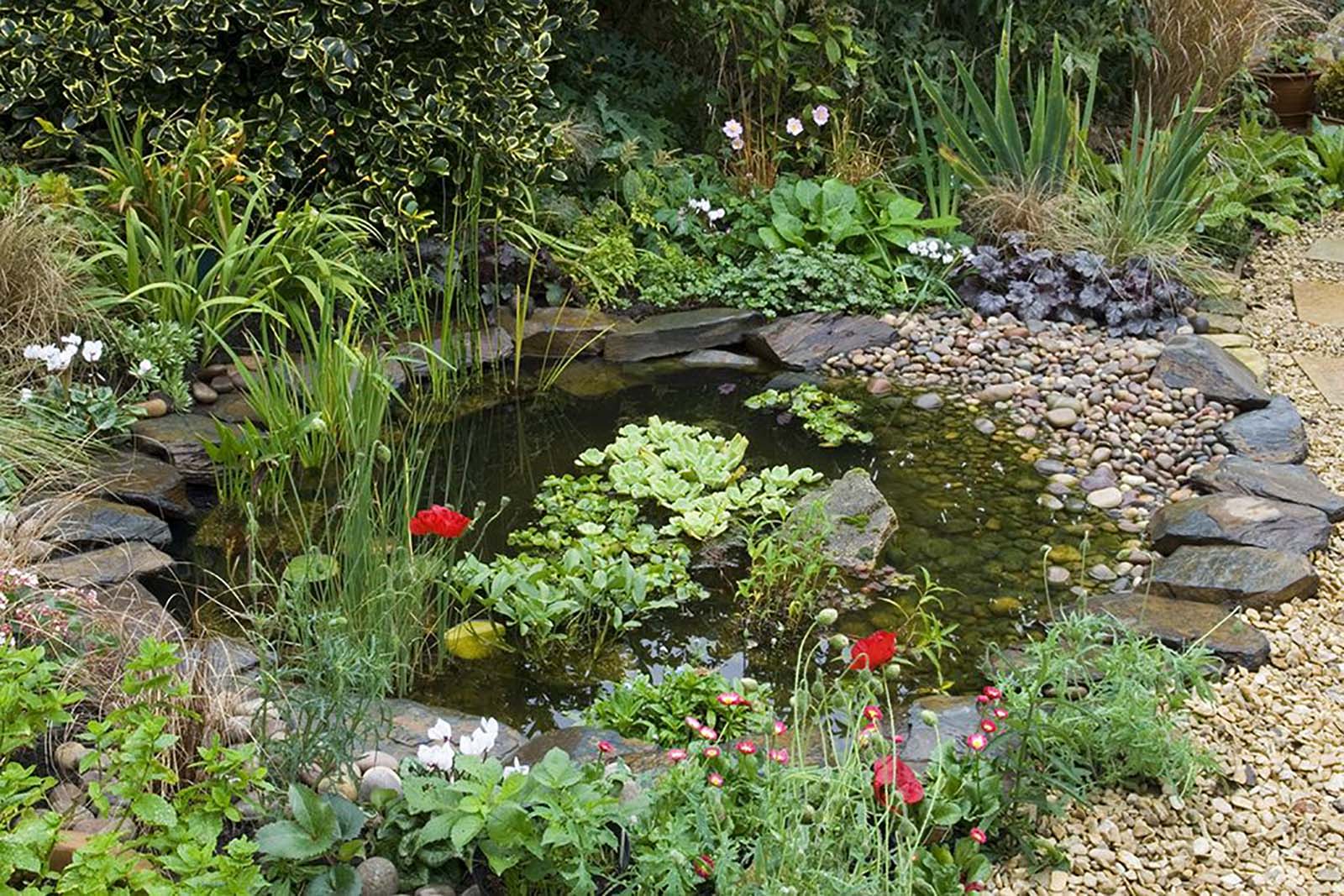
According to South Downs National Park Ranger Jan Knowlson, one of the best things you can do in your garden to support wildlife is having a source of water like a garden pond for example.
Due to England’s damp and cloudy climate, ponds and other forms of wetlands used to be plentiful, however land drainage and other effects of industrial agriculture have reduced the amount of natural ponds in the English landscape drastically. This means that plant and animal species that have adapted to pond and pond like conditions, have lost and continue to lose their habitats. The majority of ponds that still exist today are typically man made features to support cattle and other livestock and are oftentimes heavily polluted.
As such, having a pond in your garden can be a brilliant way to offer a refuge for many native freshwater plants and animals!
On top of that, ponds serve many other wildlife too e.g. as a source of drinking and bathing water for birds or as a feeding ground for bats, hedgehogs and other insect eating species.
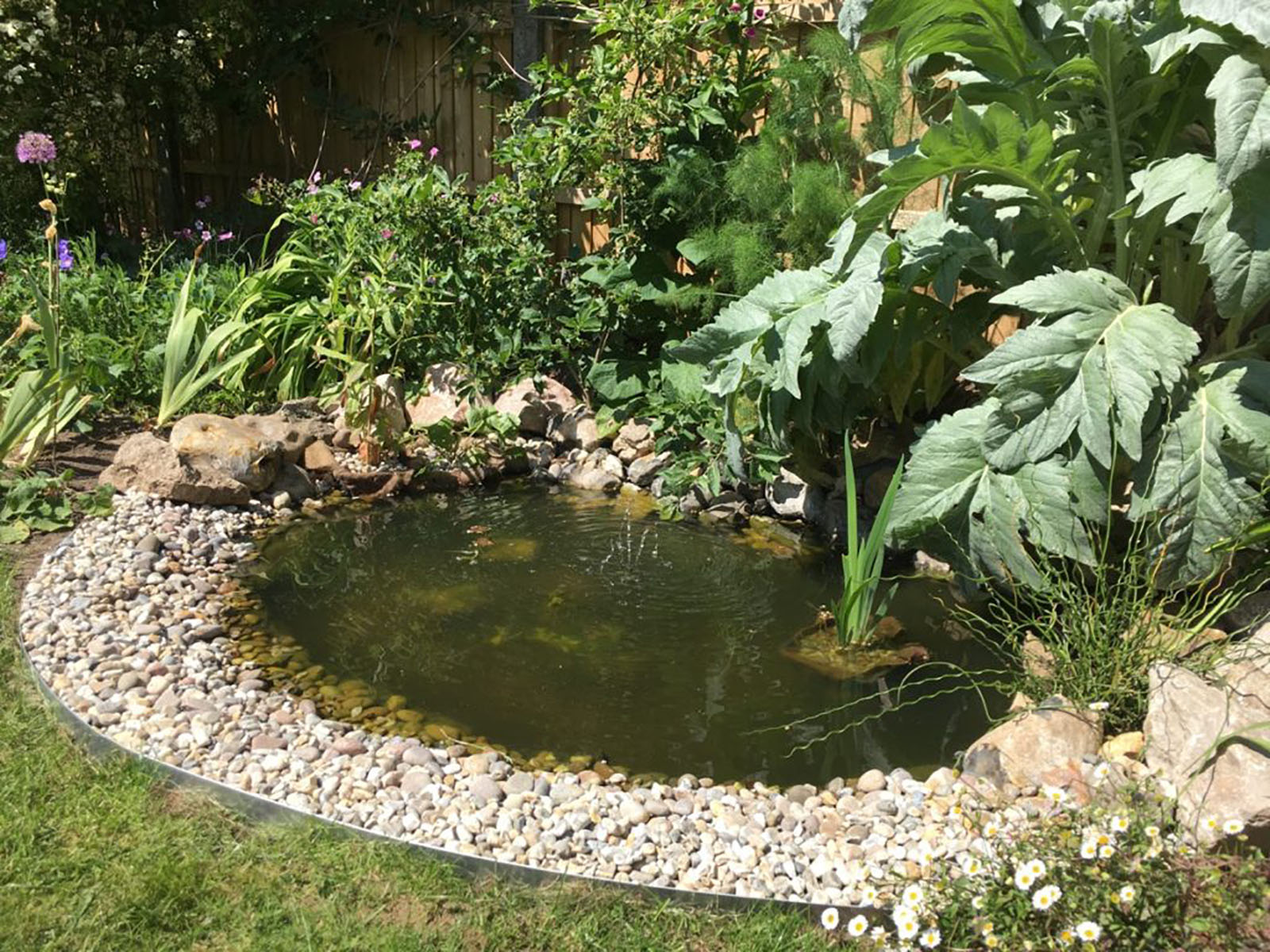
How to build a pond in your garden
So now that you know a bit about the benefits of ponds for our local wildlife, let’s see how you can integrate this habitat into your garden and what to look out for when building a pond.
Chairman and chief horticultural advisor for the ‘Gardening In’ association, Dan Ori says that the most important thing when it comes to ponds is to create some sort of slope as a way out for frogs and other pond species. This will also allow other animals like birds or hedgehogs to drink and bathe safely in your pond. Jan for example, used bricks to create different depths in her pond.
While a few goldfish in a large pond are usually fine, it is best to refrain from adding fish to your wildlife pond as they may eat away at almost everything in your pond including insects, tadpoles and even your pond plants.
There’s already a ton of great resource out there all about building ponds so we’re collated some useful links to help you navigate through it:
See this resource for extensive guidance on different pond types, where to place them, how to build and maintain them, which plants to plant and more.
Check out this illustrated step by step guide to building a pond produced by the Kent Wildlife Trust:
Also see this fantastic guide all about ponds that offers some further insights:
This webpage contains a lot of useful information and things to watch out for e.g. making it safe for children, why keeping fish is not a good idea, location/site and depth/shape of ponds as well as which type and how much liner to use:
This article has a list of all the things every pond should have and outlines the specific needs (space and depth wise) of some species such as dragonflies and frogs when it comes to ponds:
Mini Ponds
Even if you don’t have much space in your garden, you can still build a mini-pond to support the wildlife in your garden. “A washing-up bowl, a large plant pot, or a disused sink could all be repurposed as ponds” says the Kent Wildlife Trust. Just make sure there’s a shallow end/slope so pond creatures can get in and out!
See this guide for how to create a mini pond:
This article also explains how to make a mini wildlife pond and has some great example pictures too!
Pond / Photo by Gardener’s World via Pinterest https://www.pinterest.cl/pin/398568635765529092. Pond / Photo by The Small Gardener https://www.thesmallgardener.co.uk/build-wildlife-pond-part-2. Mini Pond / Photo by Jack Wallington https://www.thesmallgardener.co.uk/build-wildlife-pond-part-2. Frog photo by Anne Roe.
